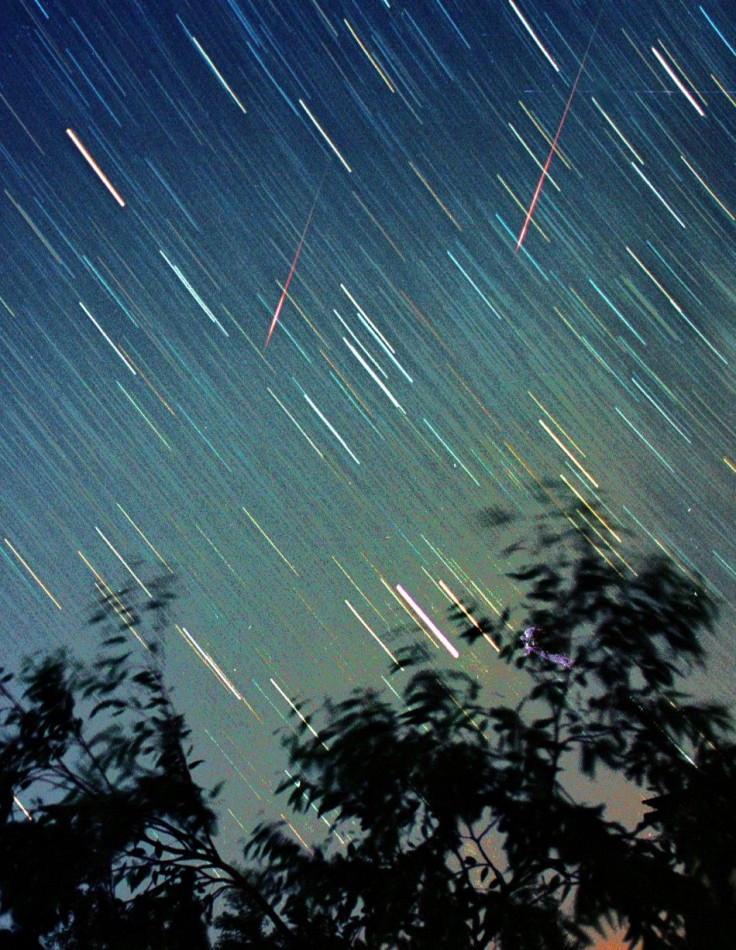Perseid Meteor Shower Will be Overshadowed by Full Moon's Brightness [VIDEO]

The full moon may interfere with the annual Perseid meteor shower, the most reliable meteor shower of the year this week. The shower will peak overnight Aug. 12 and Aug. 13 just before the full moon reaches its potential brightness.
The Earth passes through various streams of meteoroids as it orbits around the sun. As a comet approaches the sun, it becomes warmed and sheds gas and dust. The gas then forms a tail and dust is abandoned.
When the Earth passes through this dust, particles enter our atmosphere at lightning speed and heat it, resulting in meteors.
An encounter with a more densely populated patch of material results in a meteor shower, which occurs a few times per century.
Three things define a meteor shower: the time of its peak, the breadth of that peak, and the expected number of meteors per hour.
The Perseid shower occurs in the second week of August and is nurtured by darkness and comfortable temperatures. The average viewer sees 90 falling meteors per hour.
The full moon will occur just one hour after the shower reaches its fullest potential and its inherent brightness will flood the sky with light and will decrease the number of visible meteors.
The shower will be most visible with the moon behind you and your eyes directed toward the northwest.
© Copyright IBTimes 2025. All rights reserved.





















